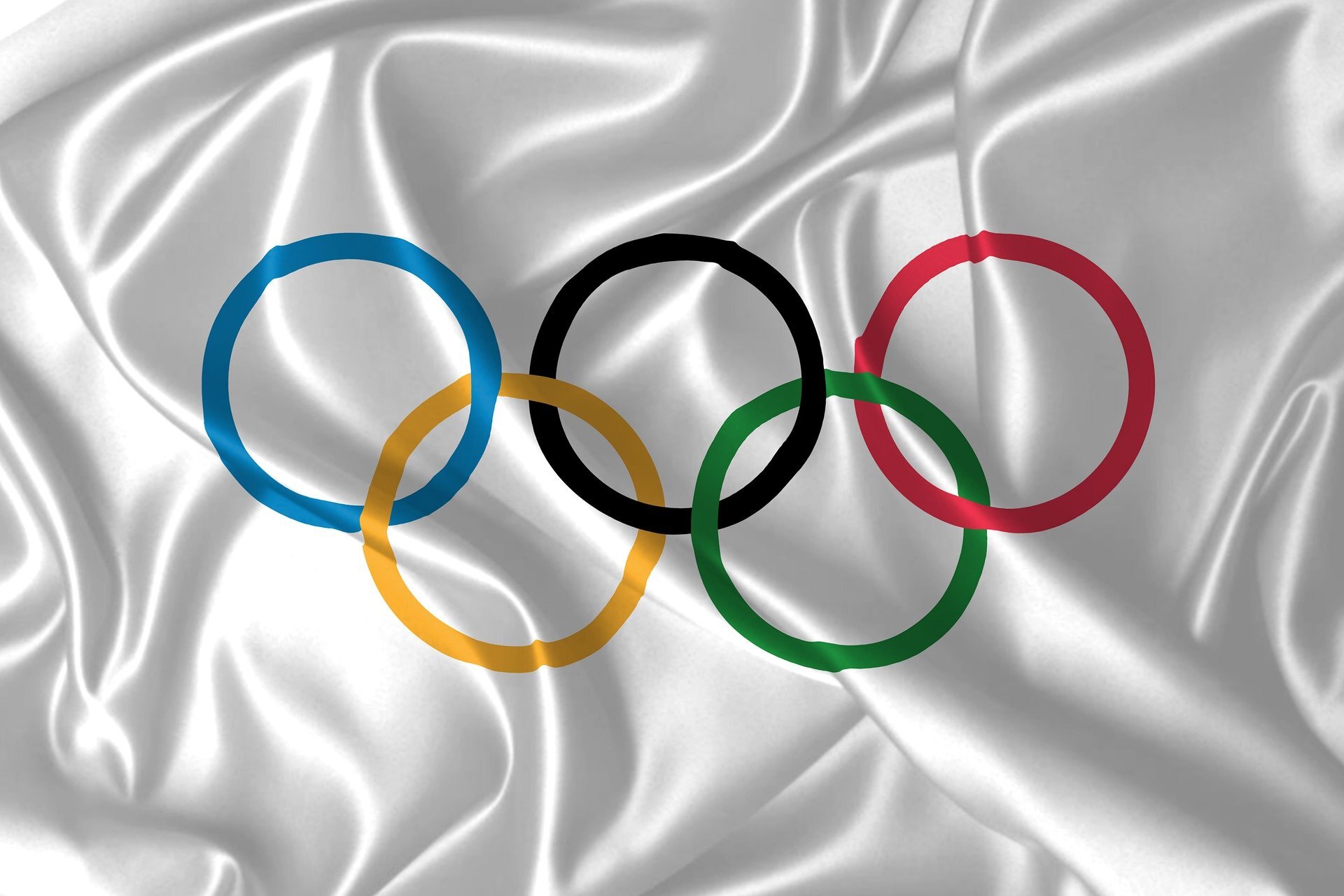Credit: Pixabay/CC0 Public Domain
The International Olympic Committee (IOC) this week released a much anticipated policy document aimed at making the Olympics more inclusive for transgender athletes and athletes with sex variations.
The new framework builds on more than two years of consultation with diverse athletes, advocates, and stakeholders.
The devil will be in the detail and implementation, of course. But this fresh approach, which places human rights at the center, could herald a new era of gender-inclusive sports participation and governance.
Why this new framework—and why now?
One of the most prominent gender equity and human rights issues of recent years has been the inclusion of gender-minoritised people—those whose bodies and/or gender expression and identity do not neatly align with normative notions of the female/male binary.
This issue affects sport globally from grassroots to elite levels. Stakeholders have long called for change.
We work with sports organizations and athletes grappling with the question of inclusion in women’s sport.
Our own research has highlighted that many sports organizations develop policies with little to no knowledge of the complexity of the issue—and often without engaging the athletes affected.
The new IOC framework follows a long and much-critiqued history of efforts to define the boundaries of the female athlete category, dating back to the “nude parades” of the 1960s.
In the past, the goal has been to find a “biological basis of womanhood” and relied on incomplete and controversial scientific evidence.
Today, however, there is wider recognition of the fact science alone cannot provide a straightforward answer to such as socially and biologically complex question.
An alternative approach, reflected in the IOC’s new framework, is to build policy around the concept of human rights.
What do the new guidelines say?
The new framework recognize human rights as a fundamental responsibility of sports governing bodies.
It explicitly takes the approach athletes shouldn’t be excluded solely on the basis of their transgender identity or sex variations. It aims to ensure everyone can practice sport safely and free from harassment, irrespective of their gender or sex-linked traits.
Importantly, the framework attempts to move sports governing bodies away from relying on testosterone as a one-size-fits-all measure of eligibility.
In its place, it emphasizes ten key principles to guide the policy development process:
- prevention of harm
- non-discrimination
- fairness
- no presumption of advantage
- evidence-based approaches to regulation
- the primacy of health and bodily autonomy
- a stakeholder-centered approach to rule development
- the right to privacy
- periodic review of eligibility regulations.
The relationship between testosterone and performance is so complex, sports governing bodies cannot realistically expect to rely on testosterone measures when defining eligibility.
Following a two-year consultation process with more than 250 athletes and concerned stakeholders, the IOC today released its new “Framework on Fairness, Inclusion and Non-Discrimination on the Basis of Gender Identity and Sex Variations.”https://t.co/rpRXM7qp4R
— IOC MEDIA (@iocmedia) November 16, 2021
There is just as much diversity among the bodies and performances of trans women and women with sex variations as we see among cisgender and normatively-bodied women athletes.
The IOC’s spokespeople were pragmatic: let’s take one step at a time, have faith in the ten principles, and see where they take us.
In this way, the new framework (and its underlying philosophy) moves us well beyond contentious testosterone thresholds introduced in 2015 and the 2003 Stockholm consensus, which required athletes to have affirmation surgeries and “anatomical changes.”
In fact, the IOC now recognizes the “severe harm” and systemic discrimination caused by such eligibility criteria and policies.
This includes the disproportionate burdens and harms that have been wrought upon women of color from Global South nations in sports like track and field.
The question now is: how will other sports governing bodies, most notably the International Federations (IFs) that govern each Olympic sport, be brought on side?
The IOC now calls for IFs to take “a principled approach to develop their criteria that are applicable to their sport.”
An important and welcome move
This framework represents a step forward for gender-inclusive sport but there’s more work ahead. It doesn’t mention non-binary athletes at all, meaning it still frames elite sports participation within a strict gender binary.
It’s promising to see a shift away from a paradigm focused on particular scientific and medical approaches regulating exclusion of certain groups. The move toward a contemporary vision of gender-inclusive sport is promising.
This new approach is a positive move for gender equitable sport; both trans women and women with sex variations will be valuable allies in the fight to make sport safe and inclusive for all women.
Hopefully, it will help make grassroots a more welcome space for trans and gender diverse people. These groups report alarming levels of poor mental health and suicidal ideation and have a right to opportunities to improve wellbeing through sport.
Sport has a unique opportunity to advance progress and health outcomes for marginalized communities.
This move may offer hope to young people of diverse genders and sex that they too can strive to achieve greatness in a sport they love.
The debate over transgender athletes’ rights is testing the current limits of science and the law Provided by The Conversation
This article is republished from The Conversation under a Creative Commons license. Read the original article.
Citation: The Olympics shifts away from testosterone tests and toward human rights (2021, November 19) retrieved 13 December 2021 from https://phys.org/news/2021-11-olympics-shifts-testosterone-humanrights.html
This document is subject to copyright. Apart from any fair dealing for the purpose of private study or research, no part may be reproduced without the written permission. The content is provided for information purposes only.
































